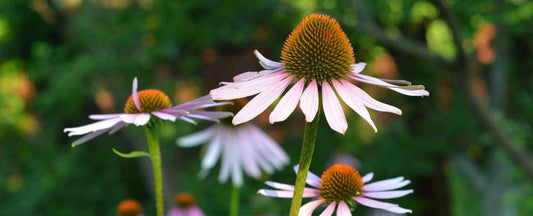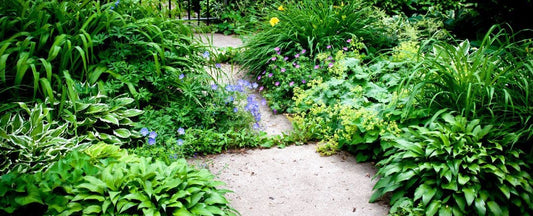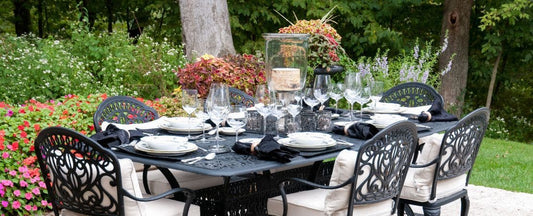Compare Bare Root and Container Perennials

What to Expect with Bare Root and Container Plants
The dry, sparse appearance of bare root perennials can be alarming to new gardeners, but in reality, ordering bare root is often the smarter choice. Foliage and blooms can be seductive, but the health and long-term potential of a plant truly lies in its roots. Bare root plants have several advantages over plants in containers—bare roots are less likely to be harmed in the shipping process, their timing is easier to control, and they are field-grown for larger, healthier root systems. This why Wayside Gardens has had great success with bare root plants, and you can too!
It is safer to ship plants in bare root form because there is no risk in harming new growth, and therefore the plant has the best chance of making it safely into your garden.
And thanks to refrigerated storage, the timing of bare root perennials can be precisely controlled. "(Bare root perennials) are dormant," explains JPPA Horticulturist Benjamin Chester, "But as soon as they leave the refrigerated storage, they'll begin breaking dormancy." And once the plant 'wakes up', it is ready to begin the growing season in earnest, which means it will quickly catch up to the level of container plants.
The most important benefit of bare root perennials is that they can be field grown rather than confined to containers. What a difference a little space makes! While small and slow-growing cultivars can start well in containers, large and vigorous cultivars need more room to stretch out and develop a solid root system. On the product page, you can easily see in what form the plant is shipped.
Generally speaking, we ship roses as bare root in spring and deliver them in containers in fall because bare root roses that are planted in spring have more time to establish strong roots before summer's heat.


